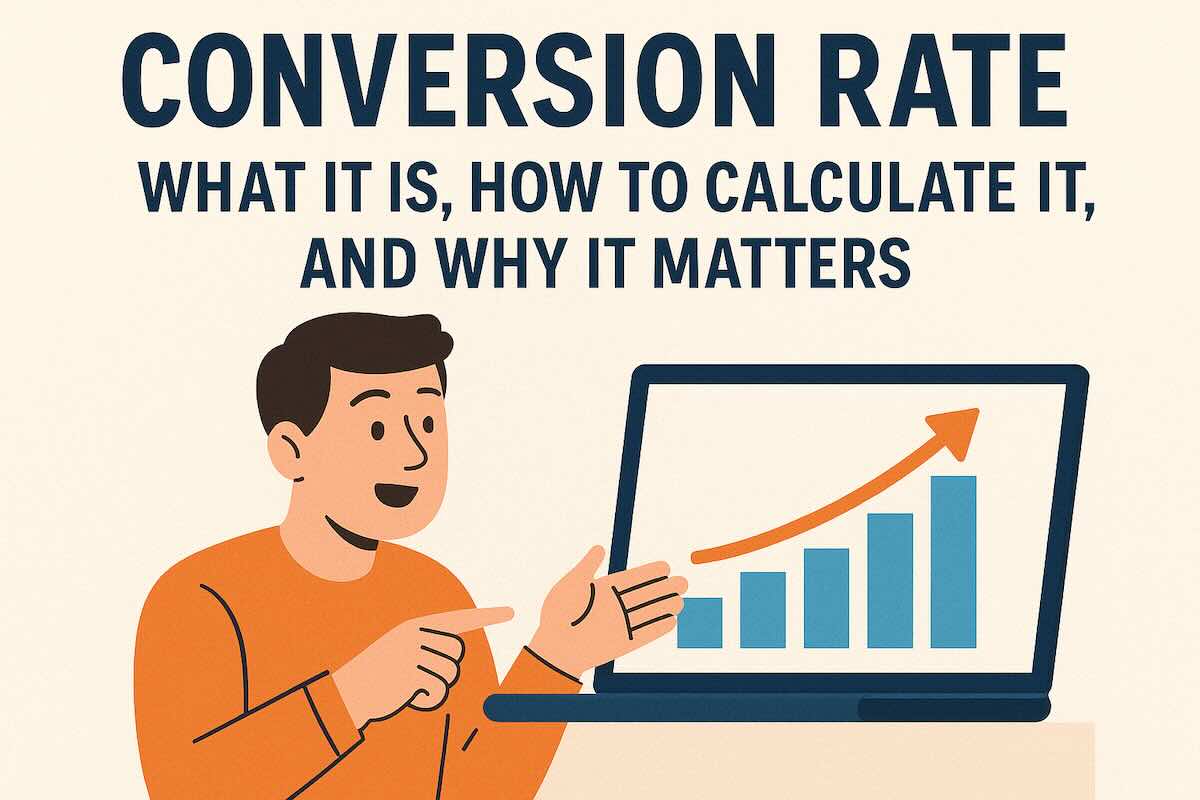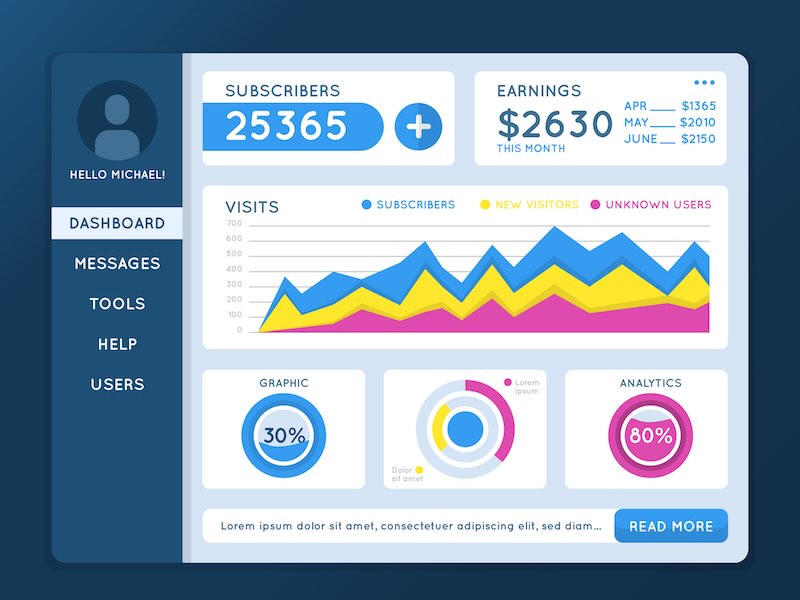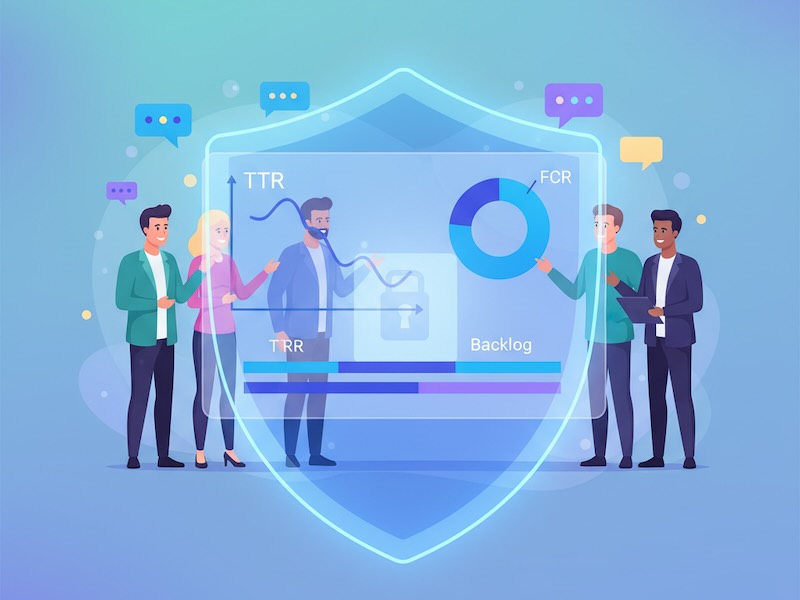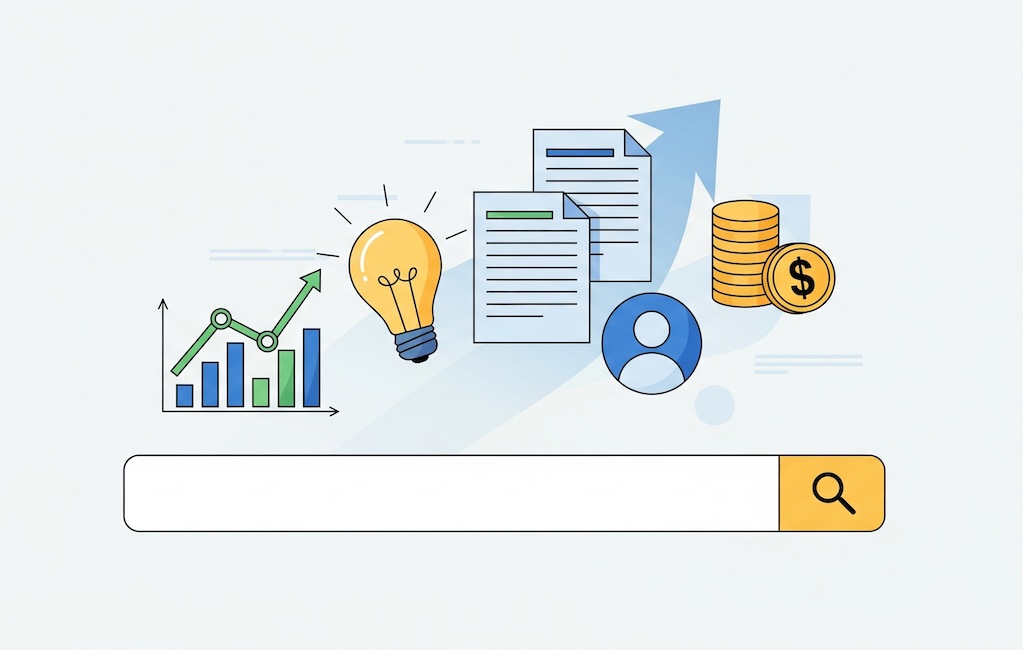What Is Conversion Rate?
Okay, real talk.
I still remember the first time I launched a landing page. Felt like launching a rocket. I had the copy, the offer, a killer CTA — even tracked the clicks in real time like it was a NASA control room. Then… nothing. Crickets. A ton of traffic, zero leads. I asked myself: What the heck is going on?
That’s when I first really understood what conversion rate actually means. It’s not about visits, or vanity metrics, or that dopamine hit from seeing 10k impressions. It’s about action. Did someone actually buy, sign up, or click that button I poured my soul into?
So yeah, if you’ve ever wondered what is conversion rate, the answer is deceptively simple: it’s the percentage of users who take a desired action. But the implications? They go deep. Like “Reddit comment thread at 2 a.m.” deep.
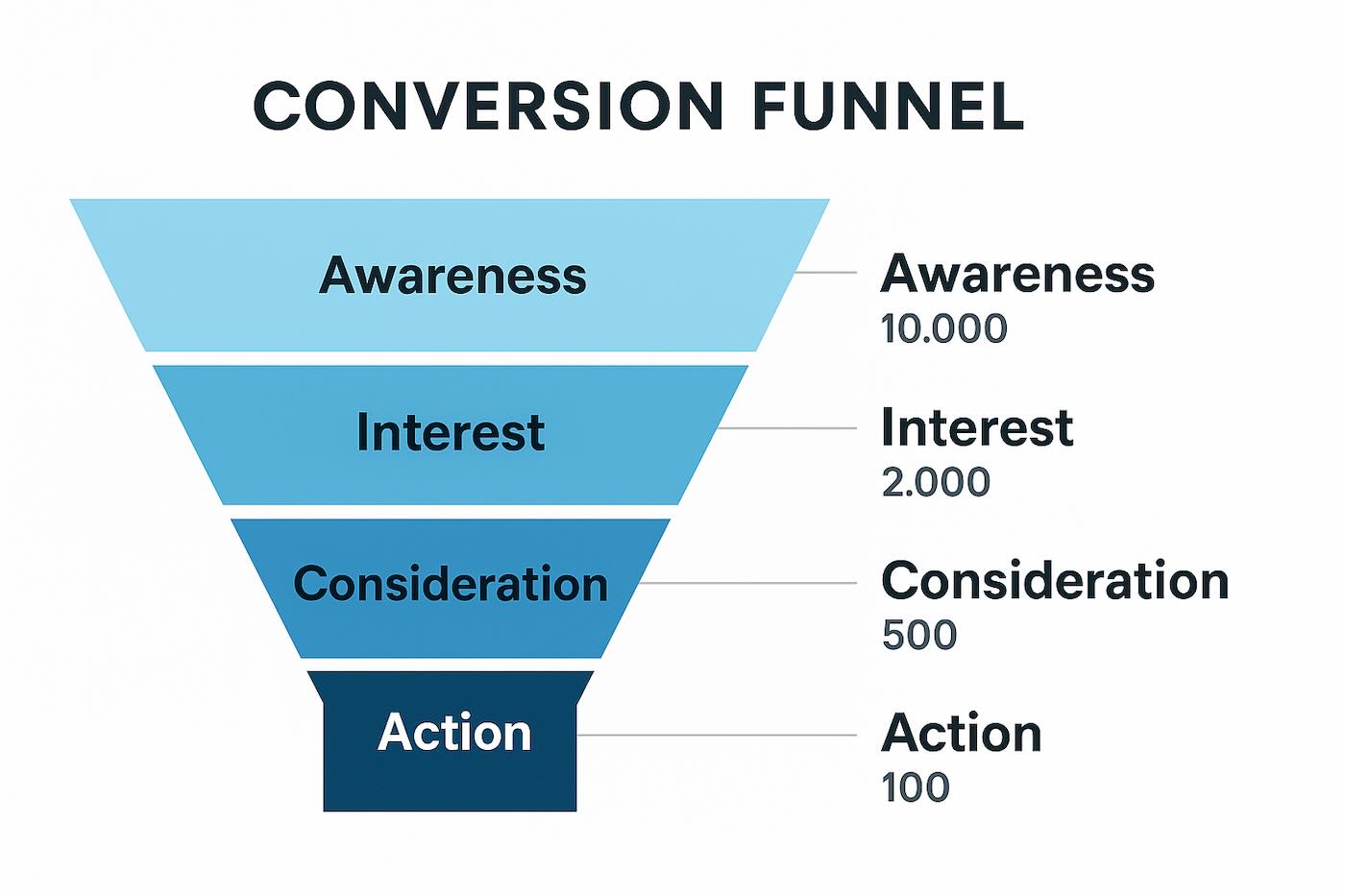
How to Calculate Conversion Rate
Let’s break it down like we would at an afterparty after WordCamp.
The formula? It’s straightforward:
Conversion Rate = (Conversions ÷ Total Visitors) × 100
Let’s say 50 people signed up for your newsletter out of 2,000 visitors. That’s (50 ÷ 2000) × 100 = 2.5%. Boom. That’s your number.
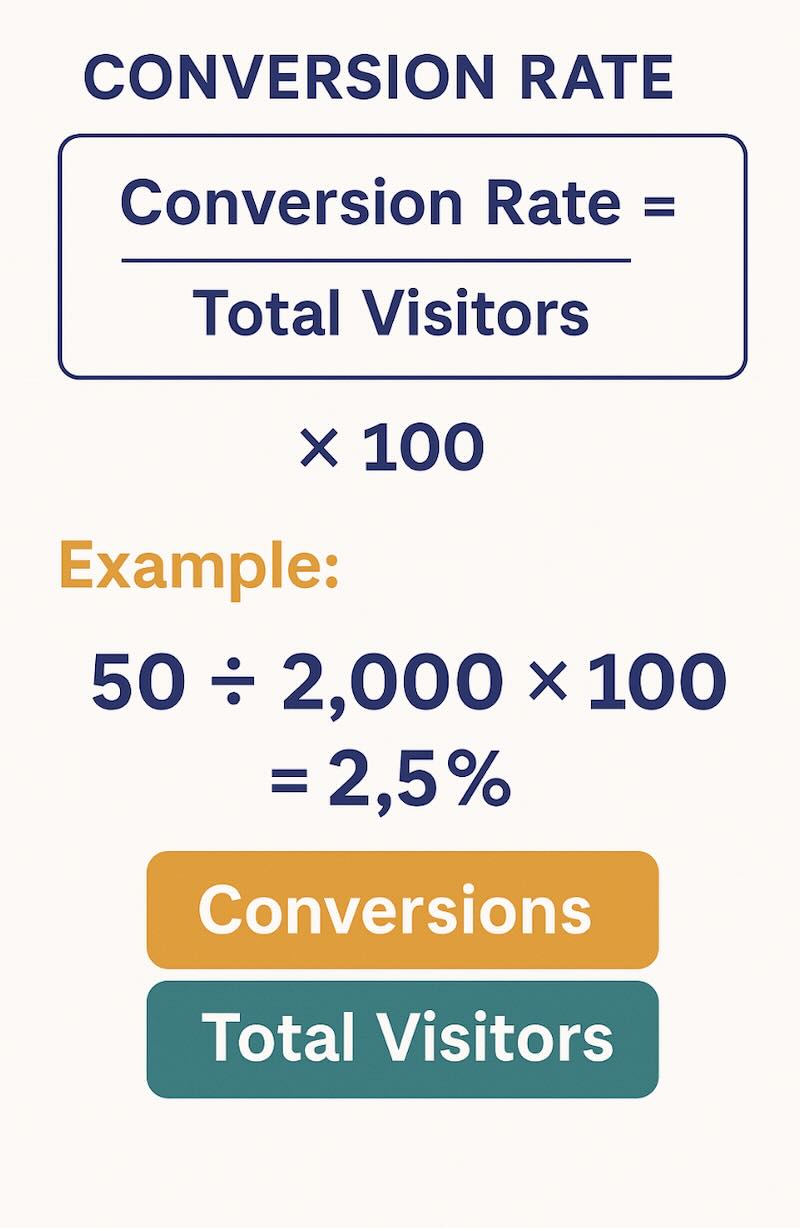
But here’s where it gets interesting. I once worked on a funnel that had what looked like a weak 1.8% rate. But once we filtered for qualified traffic? It was closer to 6%. Context matters. Always.
And don’t get fooled by raw numbers without segmentation. Looking at raw sessions is like trying to debug code without knowing the environment. Classic rookie move — we’ve all been there.
| Industry | Average Conversion Rate (%) | Top Performer Rate (%) |
| E-commerce | 2.5 | 6.3 |
| SaaS (Free Trial) | 3.0 | 10.2 |
| SaaS (Demo Request) | 7.0 | 15.4 |
| Lead Generation (B2B) | 5.0 | 12.8 |
| Lead Generation (B2C) | 4.2 | 11.7 |
| Financial Services | 4.5 | 9.6 |
| Healthcare | 3.1 | 6.7 |
| Education | 3.6 | 7.9 |
| Media & Publishing | 0.9 | 2.4 |
| Travel & Hospitality | 2.4 | 5.5 |
What Is a Good Conversion Rate?
Now this one sparks more debate than light vs dark mode.
Someone in your team says 3% is good. Someone else shows a case study with 15%. A random guru on Twitter (sorry, “X”) is flexing screenshots with 28%. And you’re just sitting there like… okay, what is a good conversion rate, really?
Here’s the honest answer: it depends. (Yeah, I hate that answer too. But it’s true.)
For e-commerce? 2% to 3% is often solid. For SaaS? You might expect lower on cold traffic, higher on retargeting. For lead gen? Sky’s the limit if your offer hits the right nerve. I’ve seen landing pages converting at 0.7% — and after a few tweaks (mostly around trust signals and page speed), it jumped to 4.5%. Just like that. Chef’s kiss.
So instead of chasing someone else’s magic number, benchmark your own stuff first. Start where you are. And go from there.
Conversion Rate vs Click-Through Rate (CTR)
Let’s clear this up, especially for those who’ve ever stared at a Google Ads dashboard trying to make sense of all the blue numbers.
Click-through rate tells you how many people clicked. Conversion rate tells you how many people cared enough to act after clicking. Big difference.
One of my earlier clients ran Facebook ads with an insane CTR — like 11%. We were popping the champagne. Until we checked the conversions: nearly zilch. Turned out the landing page was confusing as heck, and the CTA button was halfway down the page. Classic “leaky bucket” scenario.
CTR gets attention. Conversion rate gets results. And that’s where the money is.

